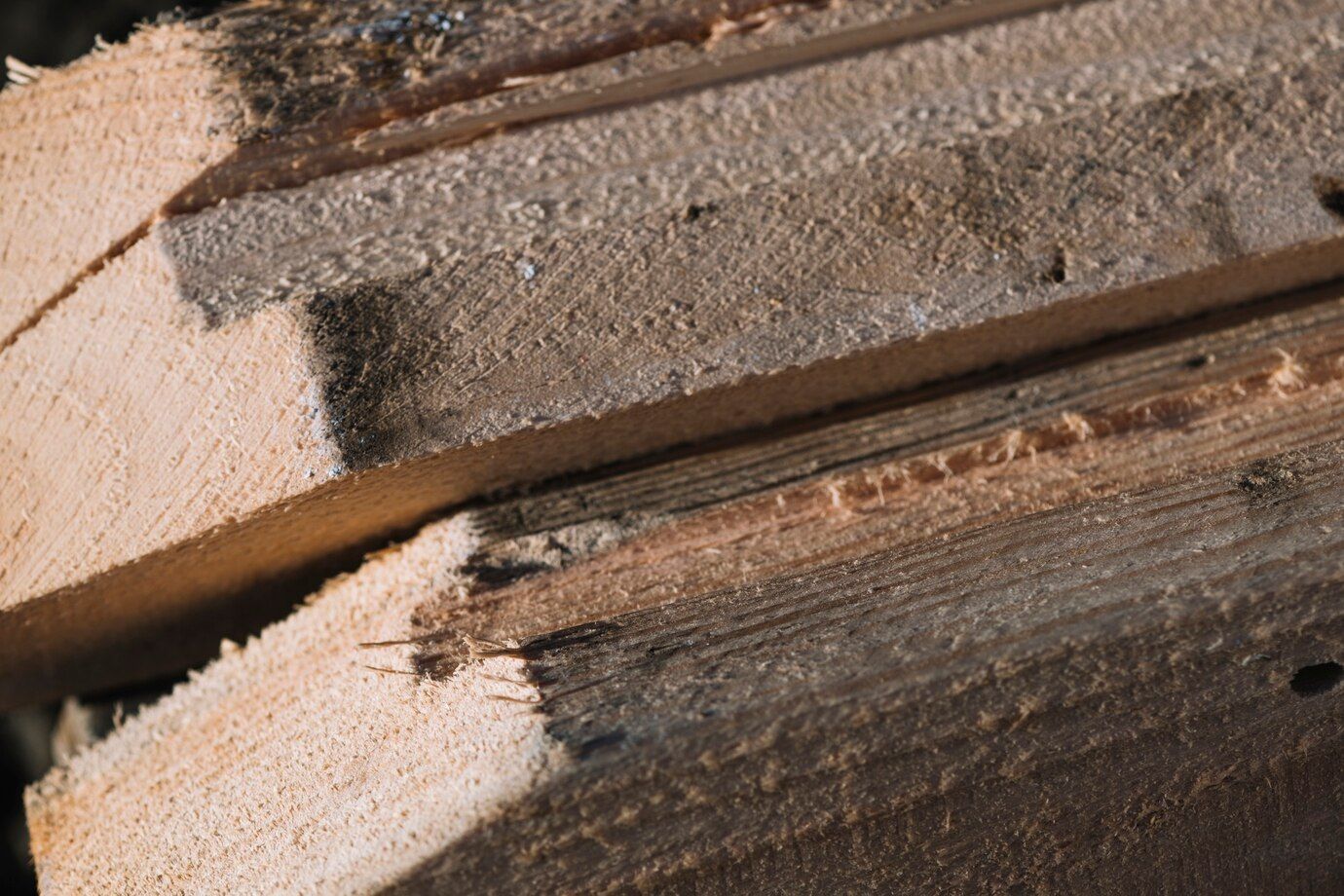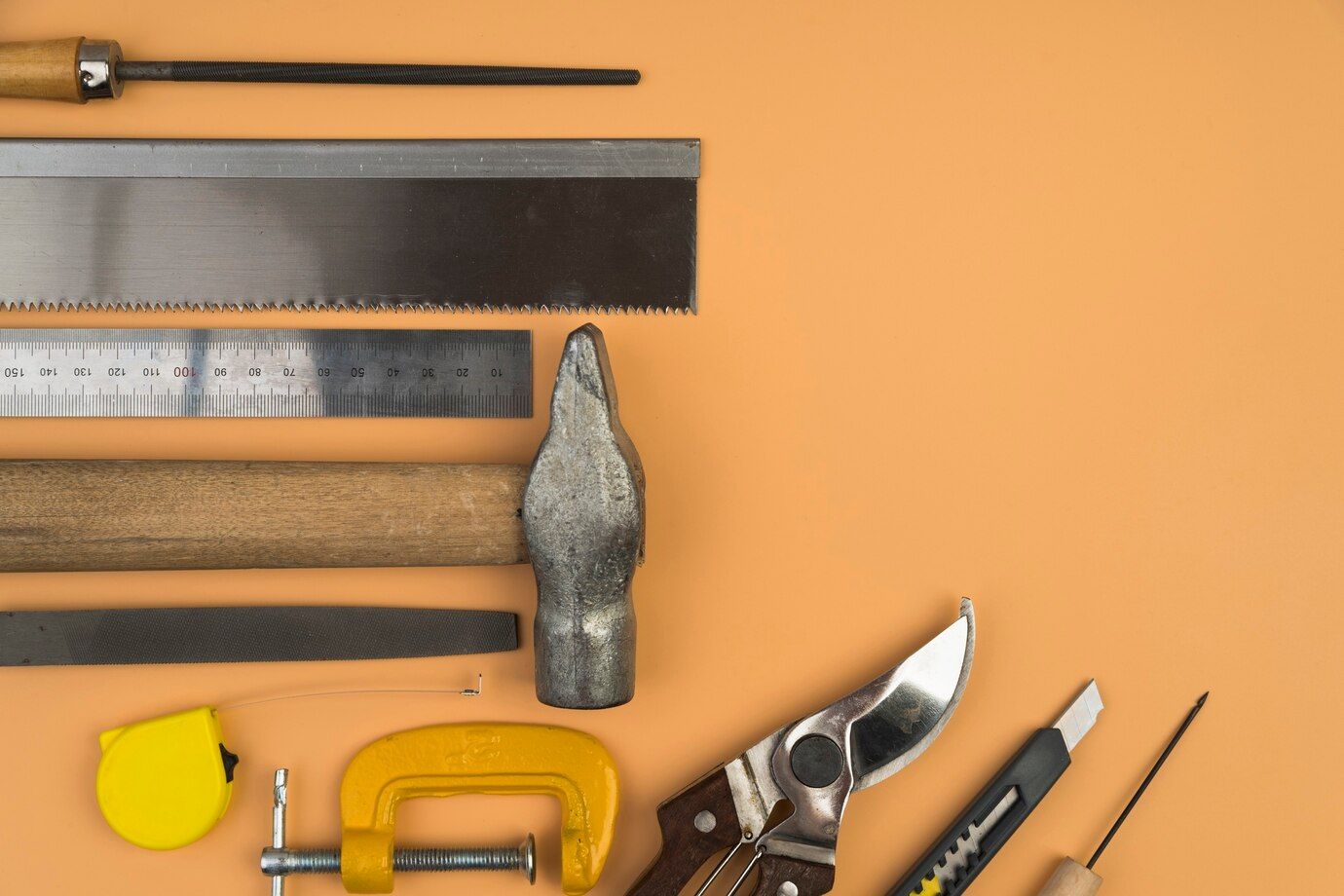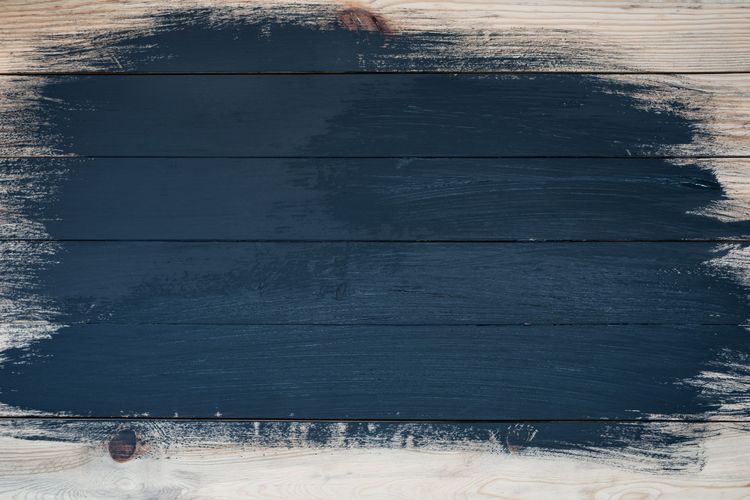How to dismantle wooden floors

Wood flooring removal is a responsible process that requires not only strength, but also care. Regardless of whether you plan to replace the old flooring or carry out repairs, it is important to know how to properly remove wooden floors, so as not to damage the base and avoid unnecessary costs. In this article, we'll break down the key stages of removal, tell you what tools you'll need, and give you tips to make the task easier. Following the correct technology will allow you to perform the work quickly and safely, while preserving the floor structure for further repair or construction work.
What you need to know before dismantling a wooden floor
Before starting to dismantle a wooden floor, it is important to prepare thoroughly to avoid mistakes and unforeseen difficulties in the process. Taking into account the age of the floor, the type of flooring and the condition of the substrate, proper preparation will save time and effort, as well as minimize the risk of damage.

First of all, it is necessary to assess the current condition of the floor. This will help determine the complexity of dismantling and possible pitfalls. If the floor is old, some of its elements may be damaged, rotten or strongly fixed. Knowing these nuances will allow you to prepare the appropriate tools and calculate the amount of work. It is also important to find out exactly how the floor was installed - on nails, self-tapping screws or glue, as this directly affects the choice of dismantling technique.
The next step is to select the necessary tools. Depending on the method of fixing the wooden covering, you may need a crowbar, hammer, nailer, perforator, as well as power tools such as a bolt cutter or screwdriver. To make the work easier, it is recommended to collect a full set of tools in advance, so that in the process of dismantling not to be distracted by their search. Do not forget to also prepare personal protective equipment: gloves, goggles and possibly a respirator to protect against dust and debris.
It is important to realize that dismantling a wood floor can result in a significant amount of dust and debris. Therefore, secure the surrounding area before beginning work. Remove all pieces of furniture and appliances from the room where the dismantling will be carried out. If this is not possible, cover them with plastic film or protective materials to avoid damage and contamination.
Another key point is to prepare for possible damage to the substrate. After the wood flooring has been removed, it may be that the subfloor (concrete screed or joists) is damaged and will need to be repaired or leveled before the new flooring can be installed. It is important to anticipate this point and be prepared for additional costs for repair materials and floor leveling.
Particular attention should be paid to technical communications that may run under the floor. Before you start dismantling, make sure that you know exactly where the electrical wiring, heating or water pipes pass, so as not to damage them during the work. Mistakes in this matter can lead to serious consequences such as leaks or short circuits.
Finally, don't forget to plan how the removed material will be disposed of. Old wood flooring, especially if it was attached with glue or contains nails and other fasteners, cannot always be reused. It is important to prepare garbage bags in advance, as well as to provide a way to remove it. Thus, proper preparation before dismantling a wooden floor is a key step that will help you avoid unexpected problems and make the process as easy as possible. Taking into account all the details, from the condition of the floor to the readiness of tools, will allow you to perform dismantling quickly and efficiently.

List of tools
To successfully dismantle a wooden floor, you will need a properly selected set of tools. Here are the main ones:
- Nailer - the main tool for removing nails and dismantling boards. It will help to neatly pry up and remove the floor elements.
- Crowbar - used to remove solid boards and wooden baseboards. Provides additional force when removing strongly fixed elements.
- Screwdriver - comes in handy if the floor was fixed on self-tapping screws. Helps to quickly unscrew fasteners without damaging the boards.
- Perforator - indispensable for removing fasteners or dismantling the concrete base, if it is under the wood flooring.
- Hammer - used for working with a nailer, as well as for knocking out floor elements.
- Drill - it will come in handy for cutting nails, screws or metal parts, if they are firmly fixed in the floor.
- Spatula - will help to remove glue or remnants of old flooring, if the floor was laid on an adhesive base.
- Hacksaw - used for cutting boards, especially if you need to dismantle large sections of the floor.
- Protective equipment: gloves, goggles and respirator - mandatory to protect against splinters, dust and construction debris.
This set of tools will ensure the most efficient and safe dismantling of a wooden floor.



